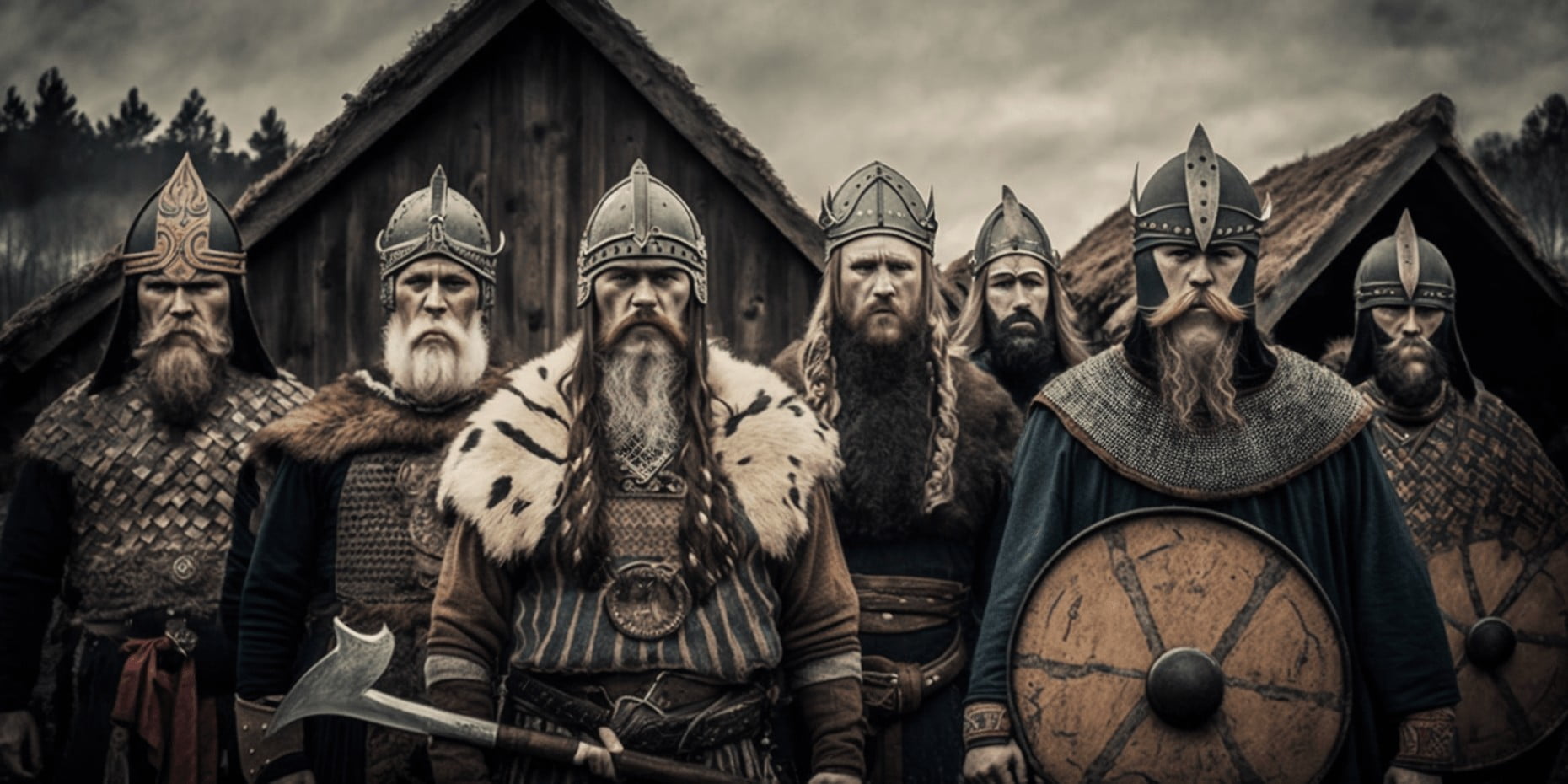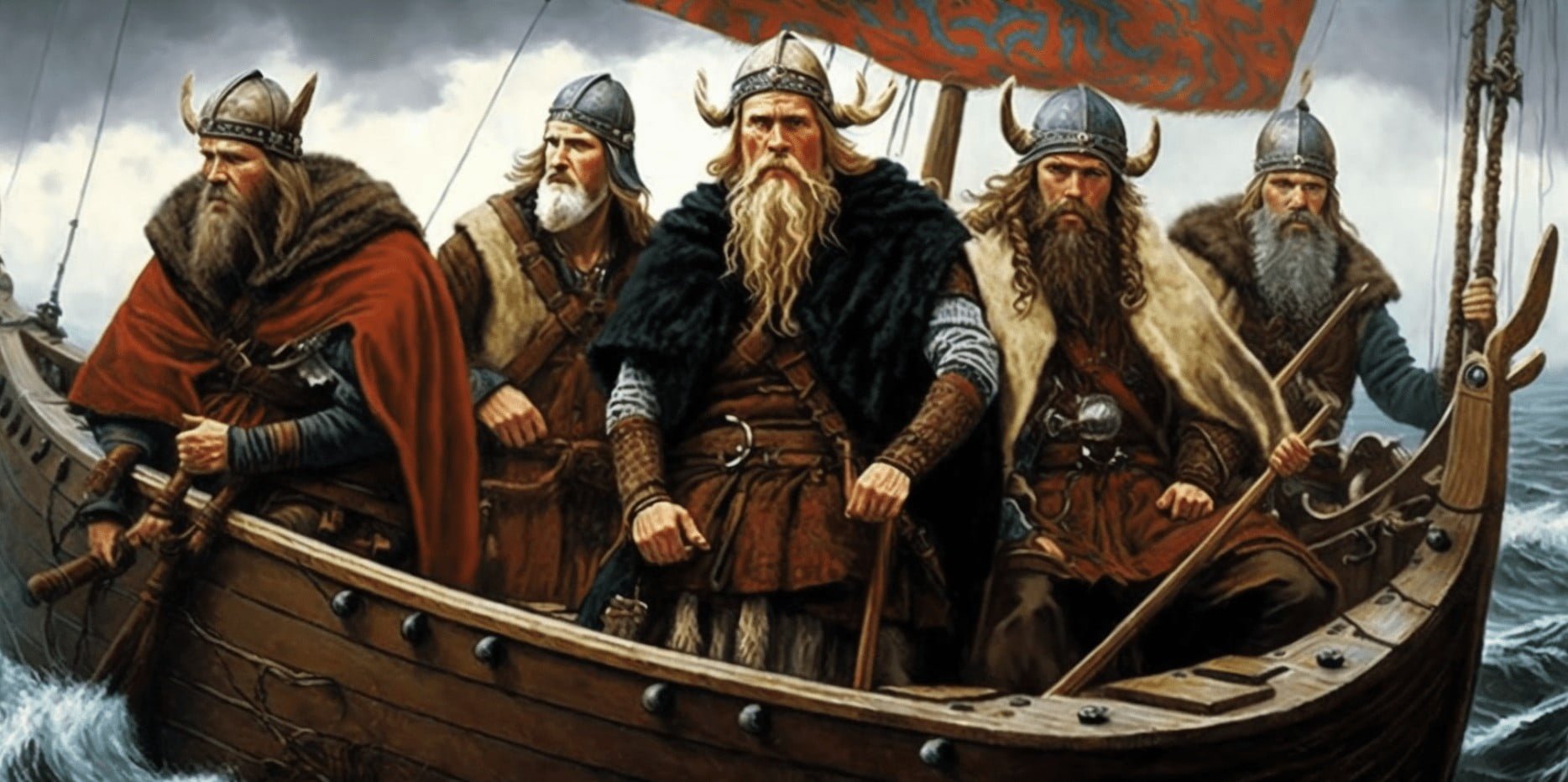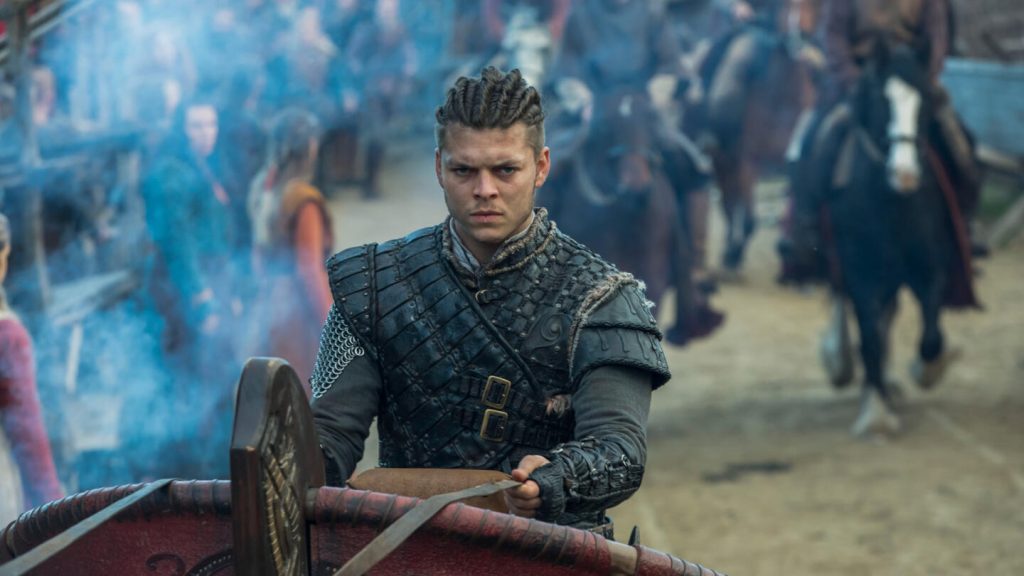The Viking era has long captured the imagination of historians, writers, and television audiences alike. One of the most popular shows to bring this ancient world to life is Vikings, a historical drama that blends myth with history to tell the story of Ragnar Lothbrok, a legendary Viking warrior. As the show continues to captivate viewers, it’s essential to understand its origins, key characters, and what’s happening in the latest season.
The Origins of the Vikings Show
Vikings first premiered on the History Channel in 2013 and quickly became one of the network’s most successful series. Unlike many other historical dramas, Vikings does not shy away from the brutal realities of Viking life. It portrays the harshness of their culture, their raids, and their complex relationships with both their own people and foreign kingdoms.
The show is based on the sagas of Ragnar Lothbrok, a figure who is believed to have lived in the 9th century. While his existence remains debated among historians, the character of Ragnar has become a symbol of Viking strength, cunning, and ambition. The series explores his rise to power, his battles with rival chieftains, and his quest for glory.
Key Characters in the Vikings Show
The cast of Vikings is vast, but several characters stand out as central figures in the narrative:
-
Ragnar Lothbrok: The protagonist of the show, Ragnar is a farmer turned raider who dreams of exploring the unknown. He is known for his intelligence, bravery, and desire to prove himself as a great leader.
-
Lagertha: A fierce warrior and Ragnar’s wife, Lagertha is a shieldmaiden who challenges traditional gender roles. She is both a protector and a strategist, often standing by Ragnar through thick and thin.
-
Athelstan: A former monk who becomes a slave in Ragnar’s household, Athelstan serves as an outsider’s perspective on Viking society. His journey from fear to understanding highlights the cultural clashes between Christianity and Norse paganism.
-
Björn: Ragnar and Lagertha’s son, Björn is training to become a warrior like his father. He represents the next generation of Vikings and is often seen as a proxy for the audience learning about Viking culture.
-
Rollo: Ragnar’s brother, Rollo is more impulsive and less strategic than his sibling. He is driven by a desire for glory and women, often clashing with Ragnar’s more calculated approach.
-
Floki: A shipwright and inventor, Floki is deeply spiritual and plays a crucial role in building the ships that allow the Vikings to explore new lands. His character adds a sense of mystery and innovation to the series.
-
Earl Haraldson: The ruler of Kattegat, Haraldson is jealous of Ragnar’s growing influence. His motivations are rooted in fear and ambition, making him a formidable antagonist.
These characters form the backbone of the show, each contributing to the rich tapestry of Viking life and legend.
Season 1 Recap and Viewer Reactions
Season 1 of Vikings sets the stage for the entire series. It begins in 793 AD and follows Ragnar as he leads his men on a raiding expedition. The season introduces key themes such as loyalty, betrayal, and the pursuit of power.
One of the most memorable episodes is “Rites of Passage,” where Ragnar takes his son Björn to meet the Earl and undergo a rite of passage. This episode also introduces the concept of the sunboard and sunstone, tools used by Vikings for navigation. Viewers were fascinated by the educational aspects of the show, which blended entertainment with historical accuracy.
Another standout episode is “Wrath of the Northmen,” where the Vikings attack a monastery in England. The scene where Floki burns the books is particularly striking, highlighting the destruction of knowledge during the Viking raids. This moment left a strong impression on viewers, emphasizing the cultural impact of the Vikings.
Throughout the season, the show builds tension between Ragnar and Earl Haraldson, setting up future conflicts. The introduction of King Aelle, the king of Northumbria, marks the beginning of a larger conflict that will shape the rest of the series.
The Real-Life Inspiration Behind the Vikings Show
While Vikings is a fictionalized account, it draws heavily from real historical events and figures. The character of Ragnar Lothbrok is inspired by a legendary Viking leader whose exploits are recorded in the Icelandic sagas. These sagas, written centuries after Ragnar’s supposed death, blend fact with myth, making it difficult to separate truth from legend.
Historians believe that the real Ragnar may have been a warlord who raided England and France in the 9th century. Some sources suggest that he was killed by King Aella of Northumbria, a story that is dramatized in the show. However, other accounts claim that Ragnar lived longer and continued to raid Ireland and the British Isles.
The show also features real historical figures such as Ivar the Boneless, Halfdan Ragnarsson, and Bjorn Ironside, who are believed to be the sons of Ragnar. These warriors played significant roles in the Viking invasions of England and are still celebrated in modern history.
What to Expect in the Latest Seasons
As the show progresses, it delves deeper into the lives of its characters and the broader Viking world. Season 4, which is currently airing, sees Ragnar facing new challenges as he expands his empire and deals with political intrigue. The show continues to explore the complexities of Viking society, including their religious beliefs, family dynamics, and interactions with other cultures.
New characters are introduced, and existing ones face personal and political struggles. The show also addresses the aftermath of Viking raids, showing how these events impacted the regions they invaded. Viewers can expect more intense battles, emotional moments, and a deeper exploration of the Viking way of life.
The Impact of the Vikings Show on Popular Culture
Vikings has had a significant impact on popular culture, sparking renewed interest in Viking history and mythology. It has inspired books, documentaries, and even reenactments of Viking rituals. The show’s portrayal of the Vikings as both warriors and explorers has helped to reshape public perceptions of this ancient civilization.
Additionally, the show has brought attention to the work of historians and scholars who study the Viking Age. Many viewers have expressed a newfound interest in learning more about this period, leading to increased engagement with historical content.
Conclusion
Vikings is more than just a television show; it is a gateway to understanding one of the most fascinating periods in history. By blending myth with history, the show offers a compelling look at the Viking world and its legendary figures. Whether you’re a history buff or a casual viewer, Vikings provides an engaging and informative experience that is well worth watching.
As the show continues to evolve, it promises to deliver more exciting episodes, deeper character development, and a richer exploration of the Viking legacy. For fans of the show, the upcoming seasons are sure to be just as captivating as the first.















More Stories
US Trending News: The History and Legacy of Zoo York in Streetwear Culture
US Trending News: Exploring Zach Top Greensboro
US Trending News: Youngboy Concert in Birmingham: What to Know Before You Go